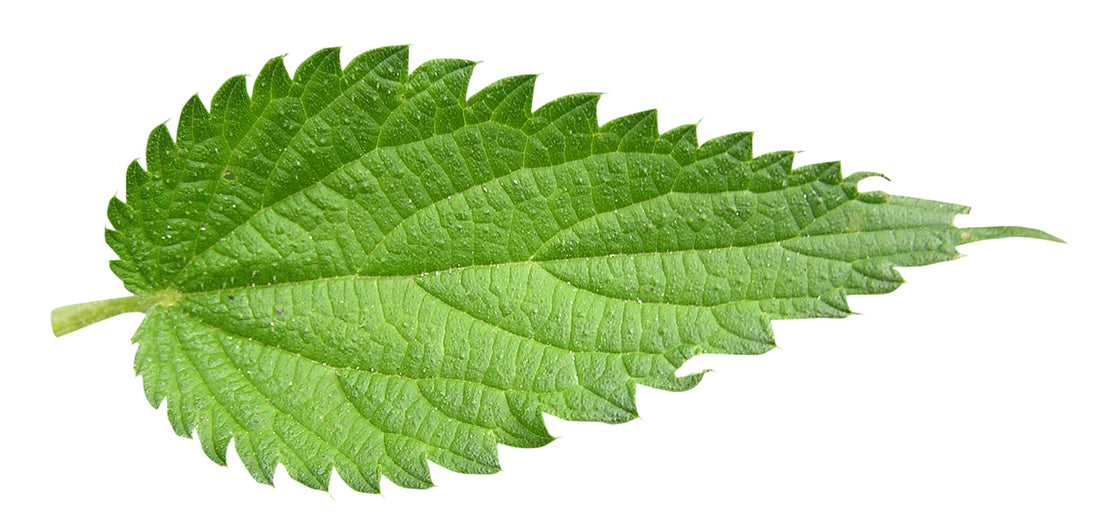Stinging Nettles. The bane of the sandal-wearing field walker. Possibly the most sworn-at plant in all of the UK.
We're all familiar with the sharp, prickly sensation of a nettle sting as well as the following itch and subsequent hunt for dock leaves*, but did you know Stinging Nettles have good qualities too?
*By the way, Ribwort Plantain (Plantago lanceolata) leaves are far more effective than dock leaves at soothing nettle stings. Look for a clump of pointy leaves and long thin stems with fluffy-looking tops.

Food
Stinging nettles (Urtica dioica) are a great source of nutrients and are packed with vitamins and minerals (particularly vitamins A and C, calcium, potassium and iron), amino acids, proteins and antioxidants. They can be added to soup, simply sautéed and used to make beer, to name a few. Dorset even hosts the World Nettle Eating Championships! (Not for the faint-hearted).
The leaves and seeds can be (carefully) harvested and eaten fresh or dried.
If you’re interested in wild food and foraging, check out Robin Harford’s Eat Weeds. Robin also lists some recipes if you’re feeling adventurous.
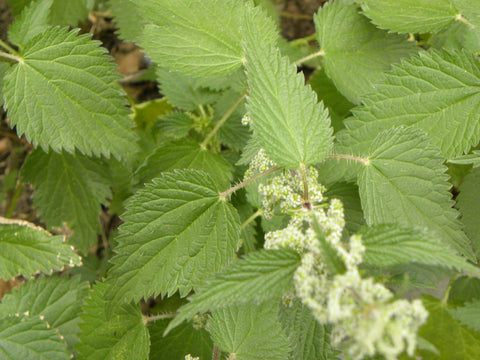
Health
Stinging nettles have been used for more than 2,000 years for a range of health benefits.
An allergy season favourite, nettle is used to help many conditions, such as hay fever, itchy skin, allergic rhinitis and asthma. It has a high quercetin and vitamin C content, which contributes to its anti-allergenic properties. Brew the fresh or dried leaves as a tisane (herbal infusion) in hot – not boiling – water for 5-10 minutes and drink.
It also has anti-inflammatory properties, making it beneficial for suffers of arthritis.
The root has diuretic properties and is used as a treatment for an enlarged prostate.
The seeds contain antioxidants and are thought to help protect the liver.
The leaves can be used to make an ointment for topical eczema, bite, sting and other skin rash treatment.
Nettle is cleansing, which means it’s great for ‘detoxing’ or flushing out the lymphatic system. Holly Botanic's delicious Cleanse tisane for detox contains nettle. See the full range of tisanes for health and wellbeing HERE.
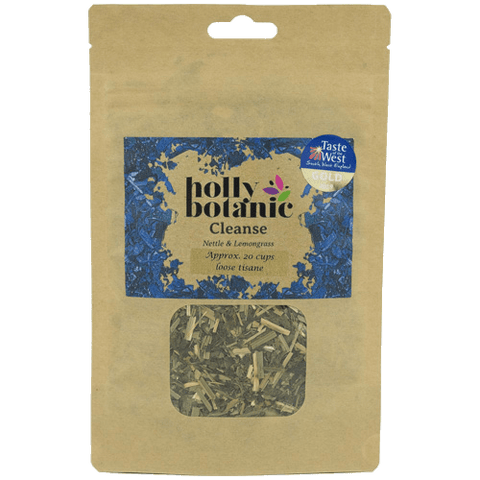
Garden
Despite popping up everywhere, even when you think you've defeated the last straggler, nettles invading your garden can actually be beneficial. For one thing, they make a fantastic fertiliser. Either chuck ‘em on your compost heap, or alternatively, make a liquid feed or a manure - instructions here. The liquid brew will combat infestations of lice, spider mites and other unwanted visitors as well as leaf discolouration. The manure is a highly nutritious plant food containing chlorophyll, iron, zinc, nitrogen, copper, magnesium and potassium along with vitamins A, B1, B5, C, D, E and K.
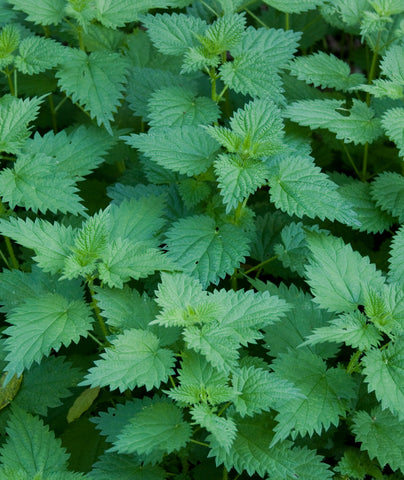
Insects
We may have an 'it's complicated' relationship status with them, but insects love stinging nettles, particularly ladybirds. They are their number one choice of egg-laying location.
Nettles also feed caterpillars, simultaneously supporting butterfly and moth populations while saving your cabbages.
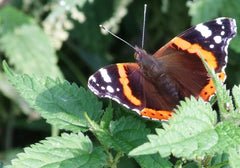
So, in conclusion, if you can put up with the occasional sting, nettles can be friends, not foes. Well, maybe frenemies.
Published 10th August 2021
by Holly Leadbetter
References
“Stinging Nettles: Make a Natural Fertilizer for Tomatoes, Plants & Co”, Plantopedia (blog), accessed August 10th 2021, https://www.plantopedia.com/stinging-nettles/
“10 Uses for Nettles”, BBC Gardeners World Magazine, April 22nd 2019, accessed online August 10th 2021, https://www.gardenersworld.com/plants/10-uses-for-nettles/
“Nettle Garden Fertilizer: Information on Making and Using Nettles as Fertilizer”, Amy Grant (blog), May 10th 2021, accessed August 10th 2021, https://www.gardeningknowhow.com/edible/herbs/nettle/nettle-as-fertilizer.htm
“How to Make Stinging Nettle Fertilizer Tea to Feed Plants”, Deanna Cat (blog), March 2nd 2020, accessed August 10th 2021, https://homesteadandchill.com/stinging-nettle-fertilizer-tea/
Chevallier, A. (2016). Encyclopedia of Herbal Medicine. London: Dorling Kindersley Limited.

